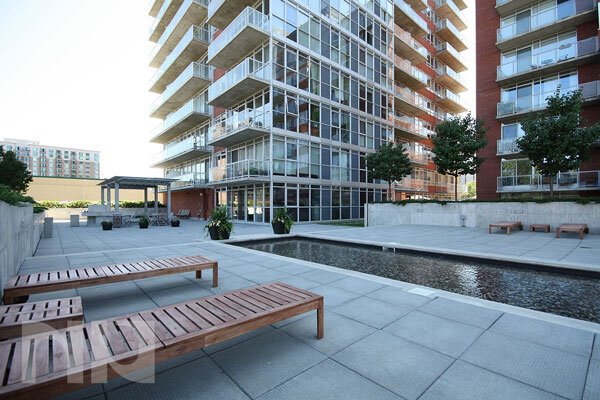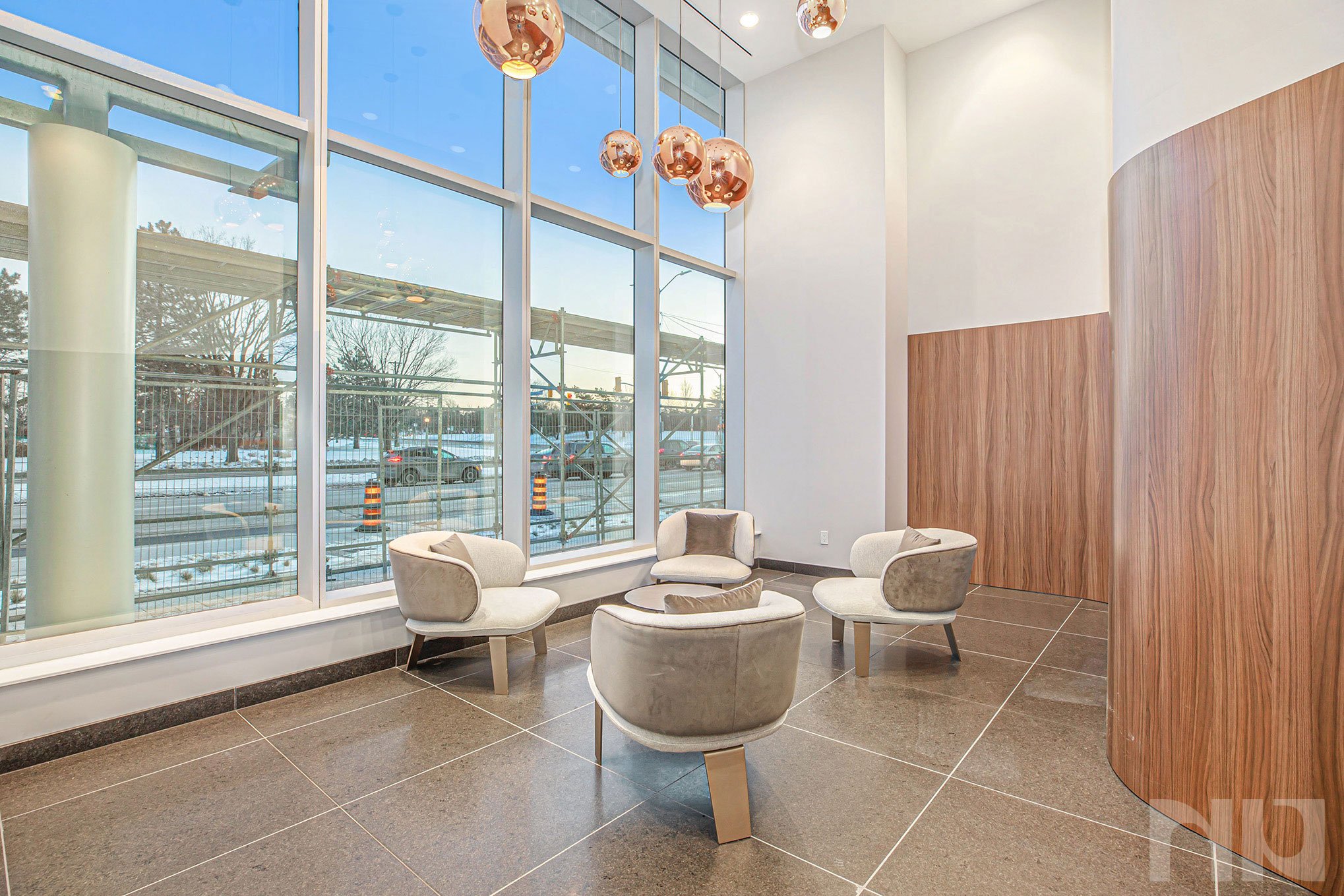When people think about condo living in Ottawa, the usual benefits come to mind: close proximity to work, convenient access to the downtown core, and lower maintenance compared to a house. But living in a condo in the capital offers much more, especially for those who look beyond the obvious. This post uncovers 10 lesser-known advantages of living in an Ottawa condo that many buyers overlook—and why these perks can truly enhance the condo experience.
1. Personalized Amenities in Boutique Buildings
While high-rise condos often feature standard amenities like pools, gyms, and rooftop patios, boutique condos in Ottawa cater to more specialized tastes. These buildings often provide personalized services such as private wine cellars, co-working spaces for remote workers, and even pet-washing stations. Boutique living offers a tailored experience, making the condo lifestyle feel custom-made for each resident’s needs.
Highlight: Some exclusive Ottawa condo buildings even feature resident-only art galleries or recording studios, perfect for those with niche hobbies and professions.
2. Exclusive Community Events
Certain condo buildings in Ottawa prioritize community building by offering private events exclusively for residents. From wine tastings and cooking workshops to yoga classes, these events create a social atmosphere that helps foster connections with neighbours. It’s a great way to build a sense of community and make friends without having to leave the comfort of the building.
Highlight: In a world where many feel disconnected, having regular social opportunities within the building adds convenience and helps create meaningful connections with neighbours.
3. Developer Incentives: A Hidden Gem for Buyers
Many are familiar with cash-back offers or waived closing fees, but Ottawa condo developers often provide more substantial perks. In some cases, early buyers can benefit from free upgrades, parking spaces, or even furniture packages. These hidden incentives can be worth thousands of dollars and make the condo-buying process even more attractive for those who know where to look.
Pro Tip: Smaller developments or boutique projects are more likely to offer these incentives, though they aren’t always advertised. It’s worth asking about available incentives during the buying process.
4. Low-Key Luxuries: The Secret of Smaller Buildings
Unlike large high-rise developments with hundreds of residents, smaller condo buildings in Ottawa offer unique luxuries like fewer neighbours per floor and more private access to common areas. These buildings provide a peaceful, quiet living environment that blends urban convenience with a retreat-like feel, ideal for those seeking balance in their city living experience.
Highlight: Buildings with fewer units often provide more personalized services, which can make daily life feel much more intimate and comfortable compared to the hustle and bustle of larger condo communities.
5. The Smart Tech Advantage
The integration of smart technology in Ottawa’s condo market is growing rapidly, offering much more than just keyless entry or programmable thermostats. Imagine living in a condo where lighting, heating, and other functions automatically adjust to your preferences, or using an app to book common spaces, order deliveries, or even schedule maintenance. These smart features make condo living more convenient, efficient, and enjoyable.
Highlight: Some of Ottawa’s newer condos are pushing the envelope with cutting-edge tech integrations that allow for a seamless living experience with minimal effort on the part of the resident.
6. The Sustainability Factor
Sustainability is becoming increasingly important, and Ottawa condos are leading the charge with energy-efficient systems, green roofs, and eco-conscious designs. Many condo buildings are designed with reduced environmental impact in mind, which not only benefits the planet but also translates to lower utility costs for residents.
Highlight: Developments such as Zibi are examples of Ottawa’s commitment to sustainable urban living, combining eco-friendly designs with modern amenities to create a balanced, health-conscious environment for residents.
7. Financial Flexibility with Co-Ownership Models
Co-ownership is a lesser-known option that’s gaining traction in Ottawa’s condo market. This model allows buyers to split the purchase of a condo with a friend, family member, or business partner. It offers more financial flexibility, especially for those who want to invest in higher-end properties but prefer to share the financial responsibility.
Pro Tip: Co-ownership is a great option for buyers looking to secure a prime location without bearing the full financial burden alone. This is particularly useful for first-time buyers or those looking to invest in luxury condos.
8. Tax Benefits and Rebates for First-Time Buyers
First-time homebuyers in Ottawa can benefit from tax rebates and government incentives, especially when purchasing a new-build condo. Some developments qualify for HST rebates, and energy-efficient units may also be eligible for additional credits or incentives. Many buyers overlook these potential savings, but they can make a significant difference in the overall cost of buying a condo.
Pro Tip: Be sure to investigate all the rebates or credits available when purchasing a new-build condo in Ottawa to maximize potential savings.
9. Ottawa’s Condo Renaissance: New Neighbourhood Hotspots
Areas like Little Italy and Westboro have seen a condo renaissance in recent years. These neighbourhoods are being transformed into vibrant, walkable communities with cafes, restaurants, and boutique shops just steps from condo buildings. These developments blend modern urban living with Ottawa’s historic charm, making them ideal for a wide range of buyers, from young professionals to retirees.
Highlight: Not only do these neighbourhoods offer an exciting lifestyle, but they are also smart investment opportunities. Condo prices in these areas are steadily increasing, and new developments will only enhance the value of these communities.
10. Building Equity Through Custom Renovations
While condos are often seen as more fixed living spaces compared to freehold homes, many Ottawa condo buildings now offer flexibility for custom renovations. Owners can upgrade kitchens, install luxury finishes, or redesign layouts to better suit their preferences. These custom touches not only enhance day-to-day living but can also significantly increase the resale value of the condo.
Pro Tip: Investing in key upgrades or custom renovations can help build equity and attract higher offers when it’s time to sell, making condos a solid investment choice for long-term owners.
Condo living in Ottawa goes far beyond the basics of location and maintenance. With personalized amenities, community-building events, financial incentives, and sustainable living options, Ottawa condos offer hidden perks that can make all the difference in the quality of life for residents. If you're considering making the move to condo living, exploring these lesser-known advantages could help you find the perfect home.
If you’re ready to explore your downsizing options in Ottawa, get in touch:





















































